PCA Northern Farm Tours
Last week, on the final day of the PCA (Protected Cropping Australia) conference, delegates were given the opportunity to go on farm visits around the area surrounding Brisbane. All three, of the farm visits, I attended, on the Northern tour, were magnificent and definitely worth the time to go and experience. The hospitality and information shared was nothing less than superb.
Paradise Fruits
Paradise Fruits is located in Elimbah QLD, it covers a staggering 48 ha over several properties. They grow blueberries and raspberries in low tech greenhouse structures. The owners, previously strawberry growers, adapted their growing model and now grow alternate berries.
I found the operation, which provides Australia with raspberries in winter, quite extraordinary. Tasmanian growers fill the supply chain with raspberries for the same marketing company in the summer, to cover supply, as it is just too hot to grow them viably in the North.
Paradise fruits is growing both blueberries and raspberries, and they are still learning best growing practices. To be honest I was very impressed with the low-tech nature of the operation, it had me considering how costly the labour content, and possibly production returns, per plant could be improved over time. I believe producing in a high-tech structure or even level structures with good ventilation, this operation could potentially increase returns.
Check out the photo gallery below as I have made observations and asked questions in regards to the operation:
RASPBERRIES
Raspberries are planted throughout the year. This property had all different stages, from prima canes to floricane production. Plants were approximately spaced at 7200 bags per Ha with two canes per coco bag. Each area was very large. The space between rows was also large, to allow tractors to drive through for spraying etc. The variety grown was Kwanza.
The plastic tunnels have no ends and several of the tunnels are on very large falls. The plastic was very white and the reduction of light penetration was large. There was a further dark netting added on top of the plastic structures in the warmer months for increased shading. There were sprinklers/basic fogging system installed to take the pressure of the plants in the warmer months, with special care not to over wet the plants causing fruit damage and disease pressure.
You can see the additional dark netting used (right hand side) in the summer to further shade the structures.
Very basic trellis was used, with string at five horizontal levels to stabilize the plants.
As you can see coco bags are used on this farm. The irrigation is all pressure 2 litre/hour compensated drip lines which is an absolute necessity, with the considerable falls in some of the structures. Weigh scales have been introduced in one area only. This is used to control all of the areas currently but as the plants are all at different stages in the houses a second is soon to be added. This is just one of the improvements being made to the system. Priva control systems have been added to aid in the growing process. The PH for the raspberries is kept at 6.5 applied and the EC will vary during the crop stage ranging from 0.8 – 1.5. The grower is also using this new technology to top up his substrates with night shots on those warm nights when the bags WC can drop due to evapotranspiration.
Basic gutter systems are now being retrofitted on the property at a cost of $5 Aus per metre!! This will allow for the collection and recycling of the irrigation runoff.
Two spotted mites and Thrips are an issue on this farm but with the use of IPM products the control is very good which is very positive.
You can see from this photo the length of the structures (well over 150 m) and the width between the rows. There are no gutters in this area yet and the bags sit proud on top of mounded dirt covered in plastic. The old plant debris is removed to reduce disease and unnecessary pest pressure and as this picture also demonstrates this area is tidy.
New shoots forming.
BLUEBERRIES
Opie is the blueberry variety grown on the property. The planting rate is 10400 bags/plants per Ha. It was going to be halved but they have left it at this planting rate as it is believed to be working on this farm. The substrate used is a high-volume bag with a coarse structure. The intention is to grow these plants in each bag for 5 years. The coco is PH adjusted to 4.7.
This year production is hoping to increase to over 4.5 kg per bag. This particular crop was only a few weeks from first harvest. The PH on is around 5.5 with a desired runoff PH of 6.0. The CF applied is between 1.4 – 1.6.
Aphids are one of the pest insects which is controlled using Aphidius (IPM).
Honey bee hives are kept on the property for the pollination. The tunnels make it easy for them to fly in and out of the structures.
In the packhouse strawberry graders have been retrofitted to accommodate for the raspberries. There is even an impressive metal detector that will blow the punnet off the belt before it hits the blue packing table. It also will remove underweight punnets ready to be topped up.
The taste tests! They say the proof is in the pudding and they did not disappoint. Absolutely delicious.



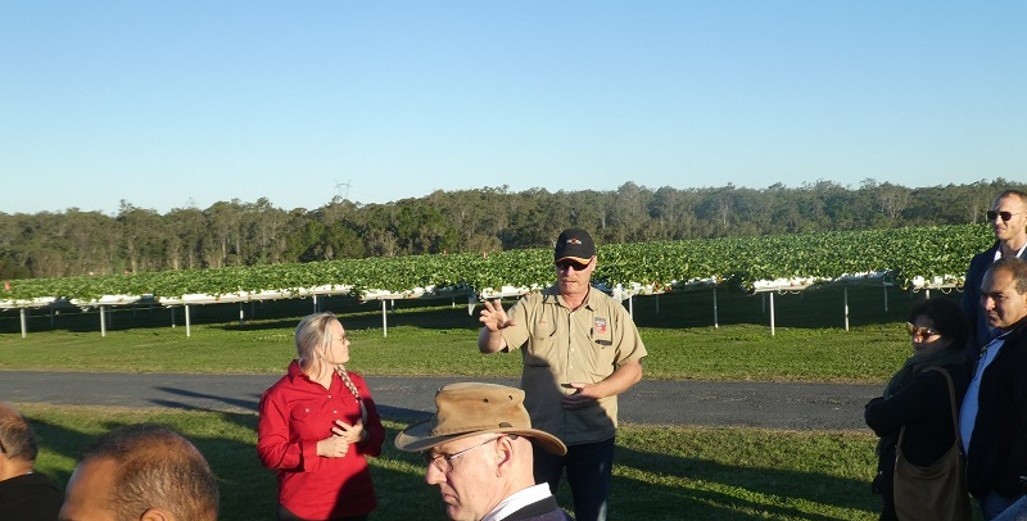
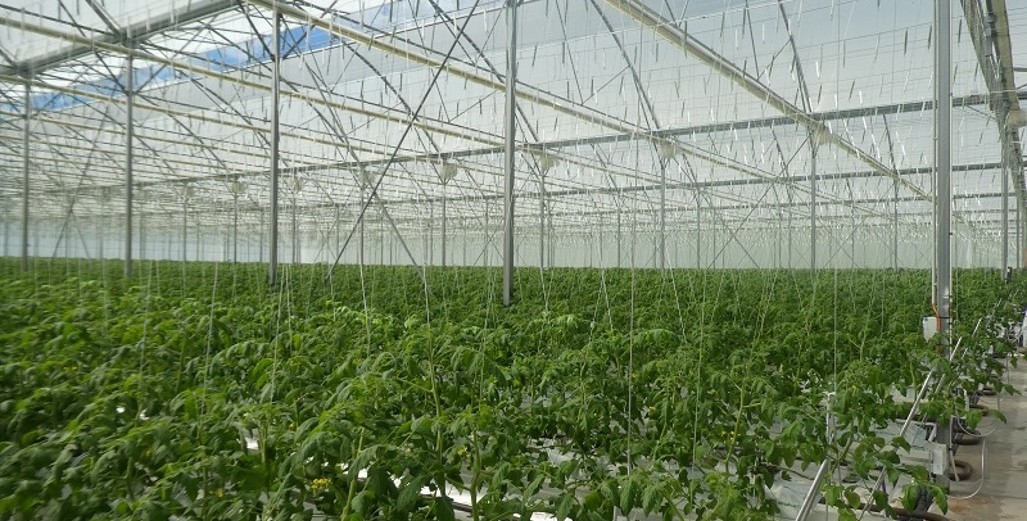

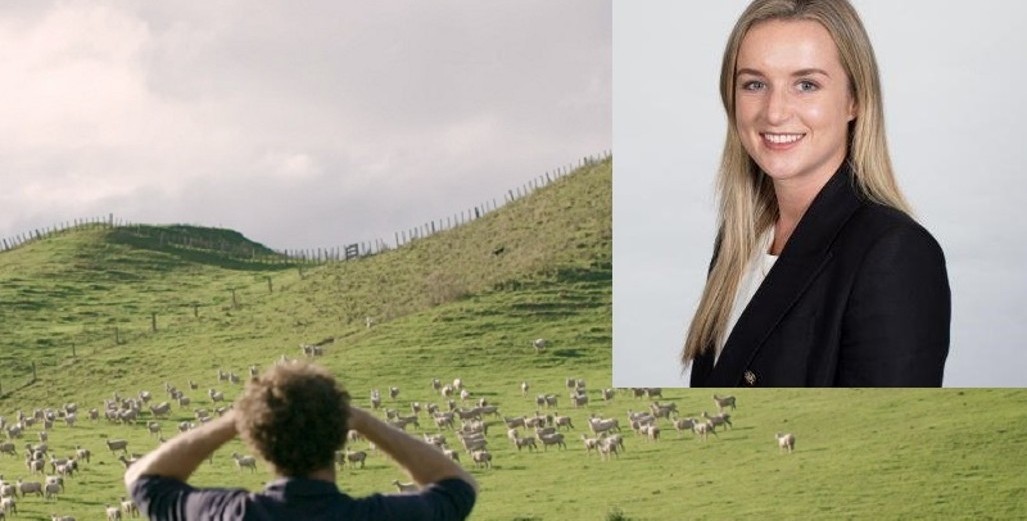


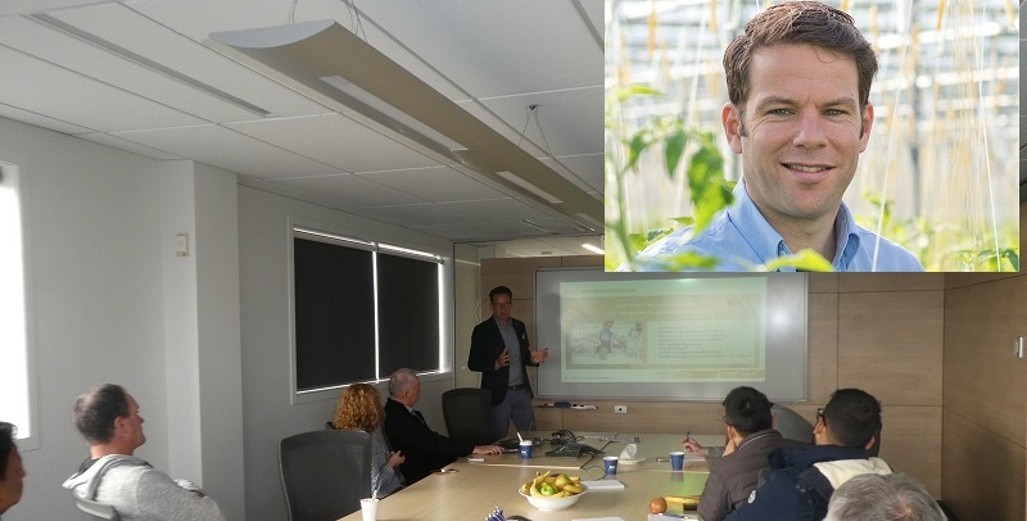

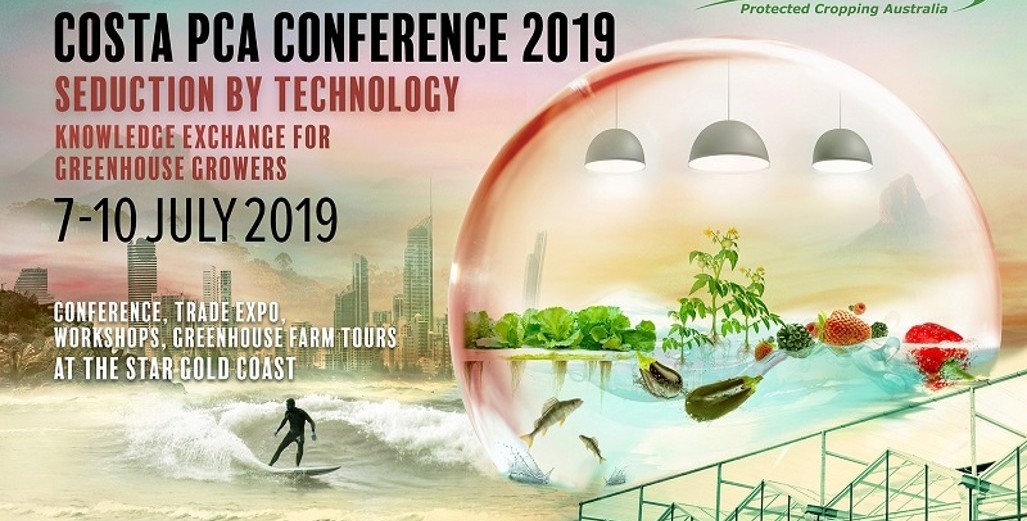

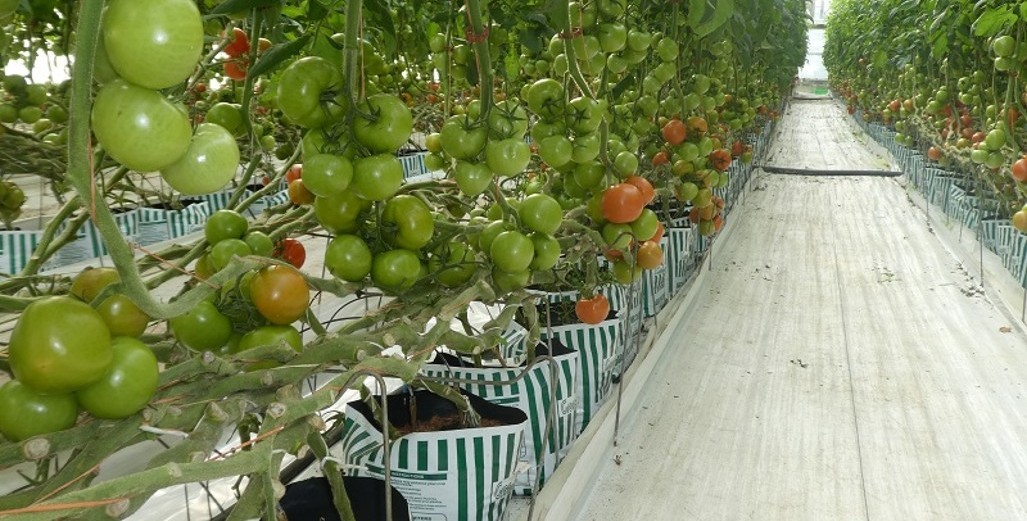

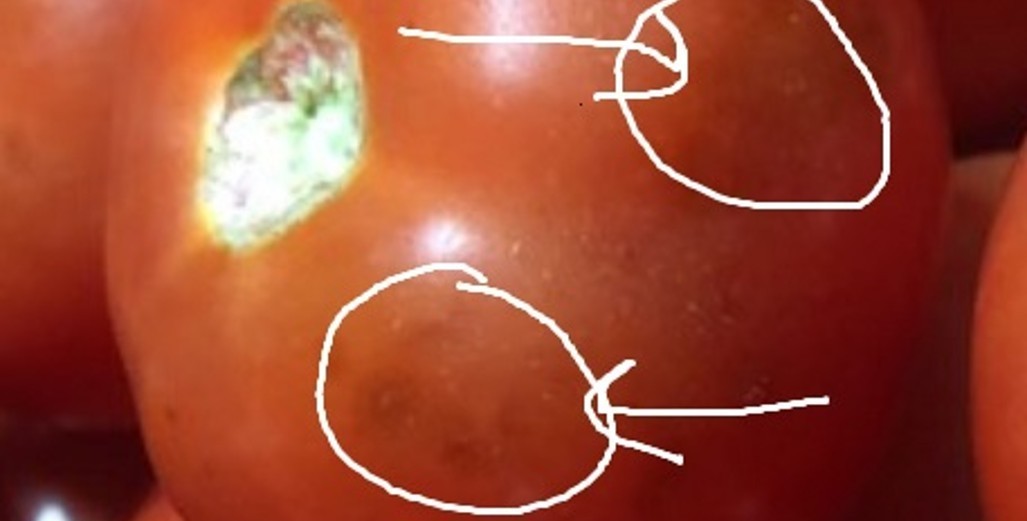

.png)